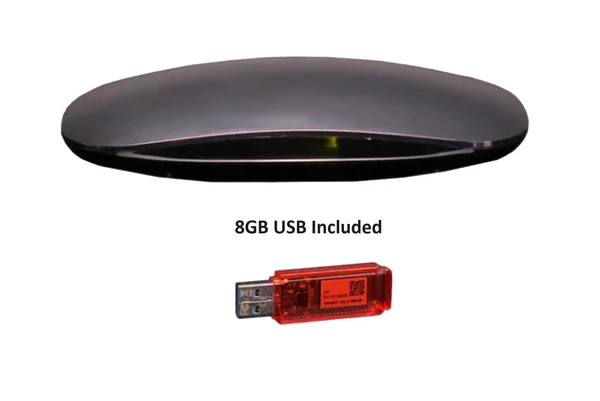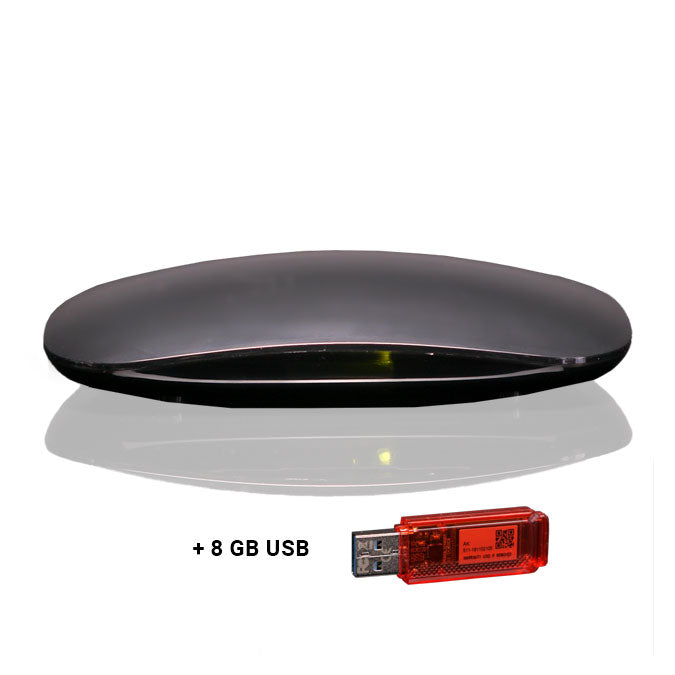Understanding DVRs: The Ultimate Guide to Digital Video Recorders

Digital Video Recorders (DVRs) have transformed the way we consume television content. These devices allow viewers to record, pause, and rewind live television, providing an unparalleled level of control over their viewing experience. In this guide, we will explore the various aspects of DVRs, including their functionality, types, benefits, and more.
What is a DVR?
A Digital Video Recorder is an electronic device that records video content in a digital format to a storage device, such as a hard drive. DVRs can record live television broadcasts, enabling users to watch their favorite shows at their convenience. With the evolution of technology, DVRs have become more sophisticated, offering features like high-definition recording, multiple tuners, and cloud storage options.
How Does a DVR Work?
DVRs operate by capturing the video signal from a television source, such as a cable or satellite provider. The device encodes the video signal and saves it onto its internal hard drive or cloud storage. Users can schedule recordings for future broadcasts or record live television on the fly. The recorded content can then be accessed and played back at any time, allowing viewers to skip commercials and watch only what they want.
Benefits of Using a DVR
One of the primary advantages of using a DVR is the ability to control your viewing schedule. Users can record multiple shows simultaneously and store them for later viewing. This flexibility is particularly beneficial for busy individuals and families who may not have time to watch shows when they air. Additionally, DVRs often come with features that enhance the viewing experience, such as fast-forwarding through commercials and creating personalized watchlists.
Types of DVRs
DVRs come in various forms, catering to different needs and preferences. Traditional DVRs connect directly to a television and require a cable or satellite subscription. Cloud-based DVRs, on the other hand, allow users to record shows directly to a cloud storage system, eliminating the need for physical hardware. There are also hybrid DVRs that combine traditional recording methods with cloud storage capabilities, providing users with the best of both worlds.
Features to Look for in a DVR
When choosing a DVR, several features can enhance the user experience. Important aspects to consider include storage capacity, number of tuners, and compatibility with streaming services. Some DVRs offer additional features such as voice control, remote access, and the ability to skip commercials. It's essential to evaluate your viewing habits and select a DVR that aligns with your preferences and needs.
Setting Up Your DVR
Setting up a DVR typically involves connecting it to your television and cable or satellite service. Users will need to follow the manufacturer's instructions to configure settings, including channel scanning and scheduling recordings. Many DVRs now come with user-friendly interfaces that simplify the setup process, making it accessible even for those who are not tech-savvy.
Managing Recordings
Once you have recorded your favorite shows, managing your recordings becomes essential. Most DVRs allow users to create folders, categorize recordings, and delete unwanted content to free up storage space. Regularly reviewing and managing your recordings ensures that you always have enough space for new shows and reduces clutter in your library.
The Future of DVR Technology
The future of DVR technology looks promising as advancements continue to shape the way we consume media. Innovations in cloud storage and streaming capabilities are making DVRs more versatile and user-friendly. The integration of artificial intelligence (AI) is also likely to enhance the recording and playback experience, providing personalized recommendations based on viewing habits.
Common Issues with DVRs
Despite their many benefits, DVRs can encounter issues. Common problems include recording failures, playback errors, and storage limitations. Understanding these potential issues and knowing how to troubleshoot them can help users maintain a smooth and enjoyable viewing experience. Regular software updates and proper device maintenance can also mitigate many common problems.
DVRs and Streaming Services
With the rise of streaming services, many users are wondering if they still need a DVR. While streaming services offer on-demand content, DVRs provide the advantage of recording live broadcasts. Many modern DVRs integrate seamlessly with streaming platforms, allowing users to record shows from multiple sources and access a comprehensive library of content.
The Cost of DVRs
The cost of a DVR can vary significantly based on its features and capabilities. Basic models may be available at a low price, while advanced DVRs with extensive storage and multiple tuners can be more expensive. Additionally, some cable and satellite providers offer DVRs as part of their subscription packages, often bundled with other services. Evaluating your budget and needs will help you find a DVR that fits your financial and entertainment requirements.
Choosing Between Different Brands
When selecting a DVR, users often face the dilemma of choosing between different brands. Popular brands such as TiVo, Sling TV, and Dish Network offer various models, each with unique features. Researching user reviews and comparing specifications can aid in making an informed decision. It's essential to select a brand known for reliability, customer support, and regular updates.
Tips for Getting the Most Out of Your DVR
To maximize the benefits of your DVR, consider the following tips. First, familiarize yourself with the device's features and capabilities, such as scheduling recordings and managing playback options. Second, explore ways to organize your recordings efficiently. Lastly, regularly check for software updates to ensure your DVR is operating at its best.
DVRs vs. Traditional VCRs
While DVRs have largely replaced traditional VCRs, some users may still wonder about the differences. Unlike VCRs, which rely on magnetic tape, DVRs use digital storage, offering superior quality and convenience. Additionally, DVRs allow for easier navigation and access to recorded content, making them a more user-friendly option for modern viewers.
FAQs
What is the primary function of a DVR?
A DVR records video content for later viewing, allowing users to pause, rewind, and skip commercials.
How much storage space do DVRs typically have?
Storage capacity varies by model, ranging from 500GB to several terabytes, accommodating hundreds of hours of content.
Can I watch live TV while recording?
Yes, most DVRs allow you to record live TV while watching another program simultaneously, depending on the number of available tuners.
Do I need a subscription for a DVR?
Many DVRs require a subscription to a cable or satellite service, while others offer cloud-based recording options that may have different pricing structures.
- Art
- Causes
- Crafts
- Dance
- Drinks
- Film
- Fitness
- Food
- Oyunlar
- Gardening
- Health
- Home
- Literature
- Music
- Networking
- Other
- Party
- Religion
- Shopping
- Sports
- Theater
- Wellness


